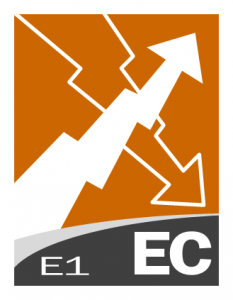 The Economic Decline Indicator considers factors related to economic decline within a country. For example, the Indicator looks at patterns of progressive economic decline of the society as a whole as measured by per capita income, Gross National Product, unemployment rates, inflation, productivity, debt, poverty levels, or business failures. It also takes into account sudden drops in commodity prices, trade revenue, or foreign investment, and any collapse or devaluation of the national currency. The Economic Decline Indicator further considers the responses to economic conditions and their consequences, such as extreme social hardship imposed by economic austerity programs, or perceived increasing group inequalities. The Economic Decline Indicator is focused on the formal economy – as well as illicit trade, including the drug and human trafficking, and capital flight, or levels of corruption and illicit transactions such as money laundering or embezzlement.
The Economic Decline Indicator considers factors related to economic decline within a country. For example, the Indicator looks at patterns of progressive economic decline of the society as a whole as measured by per capita income, Gross National Product, unemployment rates, inflation, productivity, debt, poverty levels, or business failures. It also takes into account sudden drops in commodity prices, trade revenue, or foreign investment, and any collapse or devaluation of the national currency. The Economic Decline Indicator further considers the responses to economic conditions and their consequences, such as extreme social hardship imposed by economic austerity programs, or perceived increasing group inequalities. The Economic Decline Indicator is focused on the formal economy – as well as illicit trade, including the drug and human trafficking, and capital flight, or levels of corruption and illicit transactions such as money laundering or embezzlement.
Questions to consider may include*:
Public Finances
- Government Debt: What is the government debt?
Economic Conditions
- Interest Rates: How are the interest rates – actual and projected?
- Inflation Rate: How is the inflation rate – actual and projected?
- Productivity: What is the productivity?
- GDP: What is the GDP – actual and projected?
- Unemployment: How is the unemployment – current and rate of unemployment?
Economic Climate
- Consumer Confidence: How do people view the economy?
- National Economy: How do experts view the economy?
- Business Climate for FDI: Is the business climate attractive to FDI?
- Business Climate for Entrepreneurship: Do the laws and access to capital allow for internal entrepreneurship?
Economic Diversification
- Economic Focus: Does one product make up the majority of the economy?
* Indicator descriptions are not exhaustive, and are intended only as an entry point for further interpretive analysis by the user.